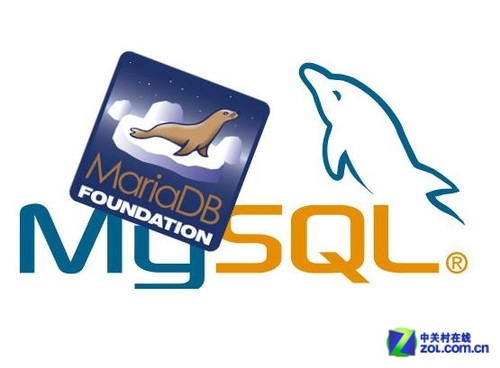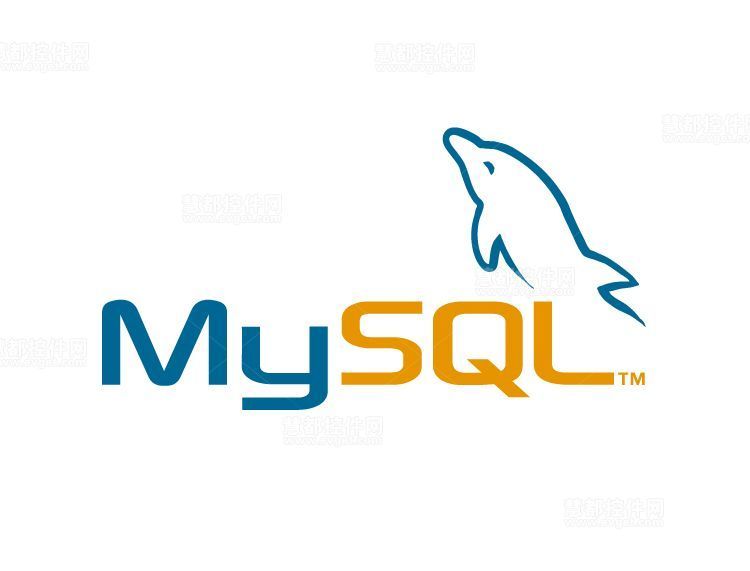Recommended courses on initial passwords
1. Add user command: sudo useradd -m username -s /bin/bash Interpretation: Create a username user who can log in, and use /bin/bash as shell2. Set the initial password or change the password command: sudo passwd username Interpretation: After executing the command, the password waiting interface 3 will appear. Add user as administrator command: sudo adduser username sudo4. Delete user command: sudo deluser username interpretation: Delete user command: sudo userdel -r username interpretation: delete the user and all related content of this user 5. View the host name command: hostname or uname -n Interpretation: The host name can also be seen in the command prompt. The host name is usually located after the "@" symbol. Temporarily modify the host name command: hostname newhostname interpretation: In this way, the new host name is not saved in the system. After restarting the system, the host name will be restored to
1. About Ubuntu system users Detailed introduction to name, password, and host name management

##Introduction: 1. Add user command: sudo useradd -m username -s /bin/bash Interpretation: Create a username user who can log in, and use /bin/bash as shell2. Set the initial password or change the password command: sudo passwd username Interpretation: After executing the command, the password waiting interface 3 will appear. Add user as administrator command: sudo adduser us
2. mysql 5.7.11 How to change winx64 initial password

Introduction: This article mainly introduces the method of changing the initial password of mysql 5.7.11 winx64 in detail. It has certain reference value. Interested friends You can refer to
3. Forgot the biometric solution for MySQL initial password under MAC (picture)

Introduction: How to solve the problem of forgetting the initial password of MySQL. This article mainly introduces the solution to the problem of forgetting the initial password of MySQL under MAC. It has certain reference value. Interested friends We can refer to
4. http://localhost/phpmyadmin/ Why is access denied?
Introduction: http://localhost/phpmyadmin/ Why is access denied? ? I installed wampserver, http://localhost can be opened, but when opening http://localhost/phpmyadmin/, the following situation occurs. Why? ? ? Wampserver was just installed, and the initial password for mysql has not been changed, it is empty. Numbers in the config.inc.php file
5.Knowledge related to MySQL database operations under CentOS 6.5
6.
Initial password setting after mysql assemblyIntroduction: The initial password setting after mysql installation is under the windows operating system. Download mysql5.6.10. After installation, there are two default root accounts. The root account is actually equivalent to an empty account, namely: shell mysql is equivalent to; shell mysql -u root, both of which can log in to mysql. The initial password is empty, then you need to set the initial password (1) SET PASSWOR7.
Solution to retrieve MySQLroot password
Introduction: The following article mainly talks about the actual solution to the problem of accidentally losing the MySQL ROOT password or forgetting the new password when changing the initial password after downloading the MySQL database in the LINUX operating system. Plan, the following is a description of the specific plan, I hope it will be helpful in your future study. Because the MySQL password is stored in the user table in the database MySQL8.
Some insights on MySQL security issues from experience_MySQL Introduction: When I was helping a friend organize his homepage space two days ago, I discovered something about MySQL that everyone might ignore: We know that after installing MySQL, it will automatically create a root user and An anonymous user's initial password is empty. Regarding the former, many reference materials will remind everyone to pay attention to setting a password in time, but ignore the latter, probably because
The above is the detailed content of Recommended courses on initial passwords. For more information, please follow other related articles on the PHP Chinese website!

Hot AI Tools

Undresser.AI Undress
AI-powered app for creating realistic nude photos

AI Clothes Remover
Online AI tool for removing clothes from photos.

Undress AI Tool
Undress images for free

Clothoff.io
AI clothes remover

Video Face Swap
Swap faces in any video effortlessly with our completely free AI face swap tool!

Hot Article

Hot Tools

Notepad++7.3.1
Easy-to-use and free code editor

SublimeText3 Chinese version
Chinese version, very easy to use

Zend Studio 13.0.1
Powerful PHP integrated development environment

Dreamweaver CS6
Visual web development tools

SublimeText3 Mac version
God-level code editing software (SublimeText3)

Hot Topics
 1673
1673
 14
14
 1428
1428
 52
52
 1333
1333
 25
25
 1277
1277
 29
29
 1257
1257
 24
24
 MySQL's Role: Databases in Web Applications
Apr 17, 2025 am 12:23 AM
MySQL's Role: Databases in Web Applications
Apr 17, 2025 am 12:23 AM
The main role of MySQL in web applications is to store and manage data. 1.MySQL efficiently processes user information, product catalogs, transaction records and other data. 2. Through SQL query, developers can extract information from the database to generate dynamic content. 3.MySQL works based on the client-server model to ensure acceptable query speed.
 Explain the role of InnoDB redo logs and undo logs.
Apr 15, 2025 am 12:16 AM
Explain the role of InnoDB redo logs and undo logs.
Apr 15, 2025 am 12:16 AM
InnoDB uses redologs and undologs to ensure data consistency and reliability. 1.redologs record data page modification to ensure crash recovery and transaction persistence. 2.undologs records the original data value and supports transaction rollback and MVCC.
 MySQL vs. Other Programming Languages: A Comparison
Apr 19, 2025 am 12:22 AM
MySQL vs. Other Programming Languages: A Comparison
Apr 19, 2025 am 12:22 AM
Compared with other programming languages, MySQL is mainly used to store and manage data, while other languages such as Python, Java, and C are used for logical processing and application development. MySQL is known for its high performance, scalability and cross-platform support, suitable for data management needs, while other languages have advantages in their respective fields such as data analytics, enterprise applications, and system programming.
 MySQL for Beginners: Getting Started with Database Management
Apr 18, 2025 am 12:10 AM
MySQL for Beginners: Getting Started with Database Management
Apr 18, 2025 am 12:10 AM
The basic operations of MySQL include creating databases, tables, and using SQL to perform CRUD operations on data. 1. Create a database: CREATEDATABASEmy_first_db; 2. Create a table: CREATETABLEbooks(idINTAUTO_INCREMENTPRIMARYKEY, titleVARCHAR(100)NOTNULL, authorVARCHAR(100)NOTNULL, published_yearINT); 3. Insert data: INSERTINTObooks(title, author, published_year)VA
 MySQL vs. Other Databases: Comparing the Options
Apr 15, 2025 am 12:08 AM
MySQL vs. Other Databases: Comparing the Options
Apr 15, 2025 am 12:08 AM
MySQL is suitable for web applications and content management systems and is popular for its open source, high performance and ease of use. 1) Compared with PostgreSQL, MySQL performs better in simple queries and high concurrent read operations. 2) Compared with Oracle, MySQL is more popular among small and medium-sized enterprises because of its open source and low cost. 3) Compared with Microsoft SQL Server, MySQL is more suitable for cross-platform applications. 4) Unlike MongoDB, MySQL is more suitable for structured data and transaction processing.
 Explain the InnoDB Buffer Pool and its importance for performance.
Apr 19, 2025 am 12:24 AM
Explain the InnoDB Buffer Pool and its importance for performance.
Apr 19, 2025 am 12:24 AM
InnoDBBufferPool reduces disk I/O by caching data and indexing pages, improving database performance. Its working principle includes: 1. Data reading: Read data from BufferPool; 2. Data writing: After modifying the data, write to BufferPool and refresh it to disk regularly; 3. Cache management: Use the LRU algorithm to manage cache pages; 4. Reading mechanism: Load adjacent data pages in advance. By sizing the BufferPool and using multiple instances, database performance can be optimized.
 MySQL: Structured Data and Relational Databases
Apr 18, 2025 am 12:22 AM
MySQL: Structured Data and Relational Databases
Apr 18, 2025 am 12:22 AM
MySQL efficiently manages structured data through table structure and SQL query, and implements inter-table relationships through foreign keys. 1. Define the data format and type when creating a table. 2. Use foreign keys to establish relationships between tables. 3. Improve performance through indexing and query optimization. 4. Regularly backup and monitor databases to ensure data security and performance optimization.
 Learning MySQL: A Step-by-Step Guide for New Users
Apr 19, 2025 am 12:19 AM
Learning MySQL: A Step-by-Step Guide for New Users
Apr 19, 2025 am 12:19 AM
MySQL is worth learning because it is a powerful open source database management system suitable for data storage, management and analysis. 1) MySQL is a relational database that uses SQL to operate data and is suitable for structured data management. 2) The SQL language is the key to interacting with MySQL and supports CRUD operations. 3) The working principle of MySQL includes client/server architecture, storage engine and query optimizer. 4) Basic usage includes creating databases and tables, and advanced usage involves joining tables using JOIN. 5) Common errors include syntax errors and permission issues, and debugging skills include checking syntax and using EXPLAIN commands. 6) Performance optimization involves the use of indexes, optimization of SQL statements and regular maintenance of databases.




